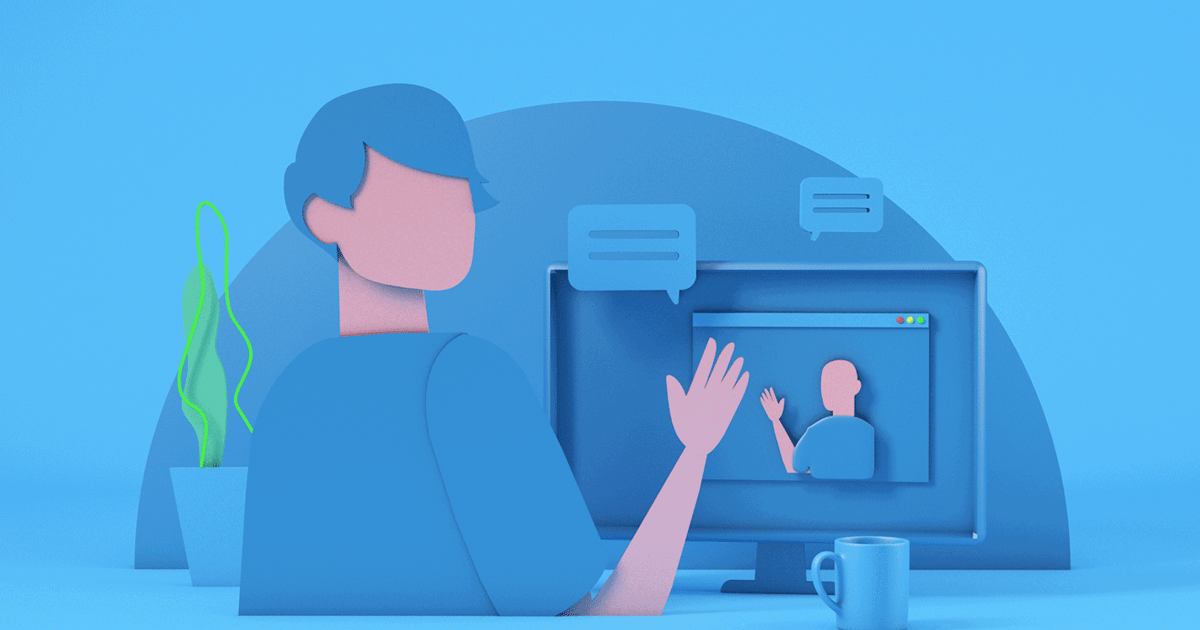
Design an Open Innovation Lab for Lasting Value
Innovation Labs. Incubators. R&D Hubs. Accelerators. Centers of Excellence. No matter what an organization chooses to call this particular function, Open Innovation Labs are a powerful way for companies to inspire new ways of working and drive rapid, consistent innovation. Hundreds of labs are now in operation around the world—each building a strategy to serve a specific, well-defined purpose.
Here at frog, we’ve designed these labs for many companies—along with their operational models, processes and tools—with the goal of helping teams work better together toward achieving their goals. For Toulouse Metropole, frog’s Org Activation team designed co-working spaces for their Innovation Accelerator’s Airspace and AI-focused startups and innovation projects. We coached healthcare giants Sanofi on using design thinking and lean startup tools to speed up decision-making within their open innovation hub. For Safran Aircraft Engines, a French aircraft engine manufacturer, we contributed to the coordination and launch of the “Atelier Innovation Module” (AIM) Innovation Lab, and trained the new Lab manager in his new position, taking a user-centric approach in all decision-making.
We know firsthand there is no shortage of reasons to design an Open Innovation Lab that fits your organization’s unique needs. Here are just a few examples of why companies choose to design labs:
- Launch new products and services
- Drive cultural transformation
- Develop a co-creation space to welcome clients and partners
- Accelerate projects and businesses
- Accommodate new capabilities
In-Person vs. Virtual
Especially in a post-COVID world, labs that rely on fully digital channels are more significant and effective than ever. Working in a virtual setting offers endless flexibility to build your team across time zones, geographies and other conventional barriers to collaboration. With the right tools, bringing remote teams together for work sessions, reviews and co-creation sessions is on par with traditional, in-person engagements. However, remote collaboration requires the same level of commitment and structure as an in-person lab to succeed. It will also need special attention to make connecting via digital channels easy, engaging and stimulating to all parties.
If you choose to create a physical space where your Open Innovation Lab team members and partner ecosystem can convene, consider first how the space would best be used. Should it be a living showroom of your team’s innovations? How about a dedicated workspace for your team to operate certain types of specialized equipment? Understanding your team’s specific needs and goals will help determine the space required.
Whether your lab is virtual or you intend to meet face-to-face, a little branding and communication of your team and your space will help the rest of the organization and your ecosystem get to know you better. It’s important to stay visible to keep up momentum and extend the lab’s successes throughout the organization and across the larger partner ecosystem.
The Open Innovation Lab Canvas
In our experience, we know there is an art and a science to launching a new Open Innovation Lab. That’s why we developed the Open Innovation Lab Canvas, a guide for designing a lab to meet your business objectives. Use the canvas to learn more about the dimensions necessary to build an Open Innovation Lab fast that works for your organization. These dimensions include:
- PURPOSE: Shape Your Mission
- ORGANIZATION: Form Your Team
- RESOURCES: Invest in Success
- APPROACH & TOOLS: Define Your Process
- PLACE: Make Space for Change
- SPONSORS: Find Your Support
- ECOSYSTEM: Build Your Network
- ASSETS: Leverage Your Position
- DELIVERABLES: Establish Your KPIs
Once you have a vision and a goal for what your Open Innovation Lab can be, use the Canvas to ask the right questions and find helpful dos and don’ts for designing your lab.
Through various points in operation, use the Canvas to check in on progress and assess current performance. Consider the dimensions outlined in the Open Innovation Lab Canvas a checklist for understanding where your lab is operating properly today and where there may be room for improvement.
The world is changing fast. Even while your lab is still operating well, you may find you need to pivot and adapt to the times. Use the Canvas to revisit your lab’s purpose and be sure your operational model, value proposition, methodologies and assets are still serving you well as you pivot into a new direction.
Download the Open Innovation Lab Canvas to learn how to break down silos and clear the path to rapid innovation. Find dos and don’ts for each step of the way, from setting up your lab to measuring the success of your results.

Pierre has always been passionate about business reinvention. For Pierre, an inventing mindset marries both usage and business. Pierre developed various experiences for both public & private sectors. He has led strategic projects for clients as Airbus, CNES, ESSP, SFR, Henkel, ENL Holding Group, Mercedes, DSNA, RATP and Crédit Agricole about new products, services, business models, M&A support and innovation capabilities.
Pierre manages the frog Toulouse Studio & contributes to the org design and venture and business reinvention teams in France. He also coaches startups and is driven by collaborative, innovative transformations that are led by doing.

We respect your privacy
We use Cookies to improve your experience on our website. They help us to improve site performance, present you relevant advertising and enable you to share content in social media. You may accept all Cookies, or choose to manage them individually. You can change your settings at any time by clicking Cookie Settings available in the footer of every page. For more information related to the Cookies, please visit our Cookie Policy.
Our Studios






